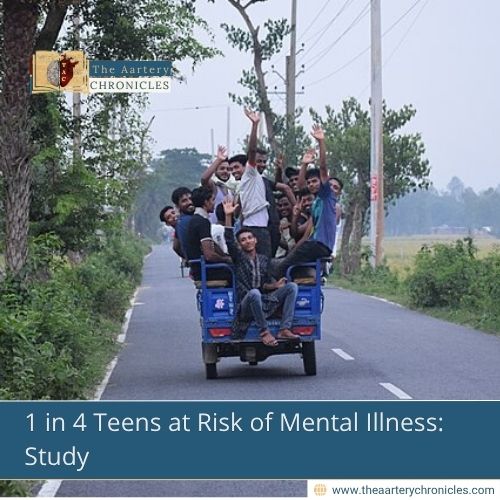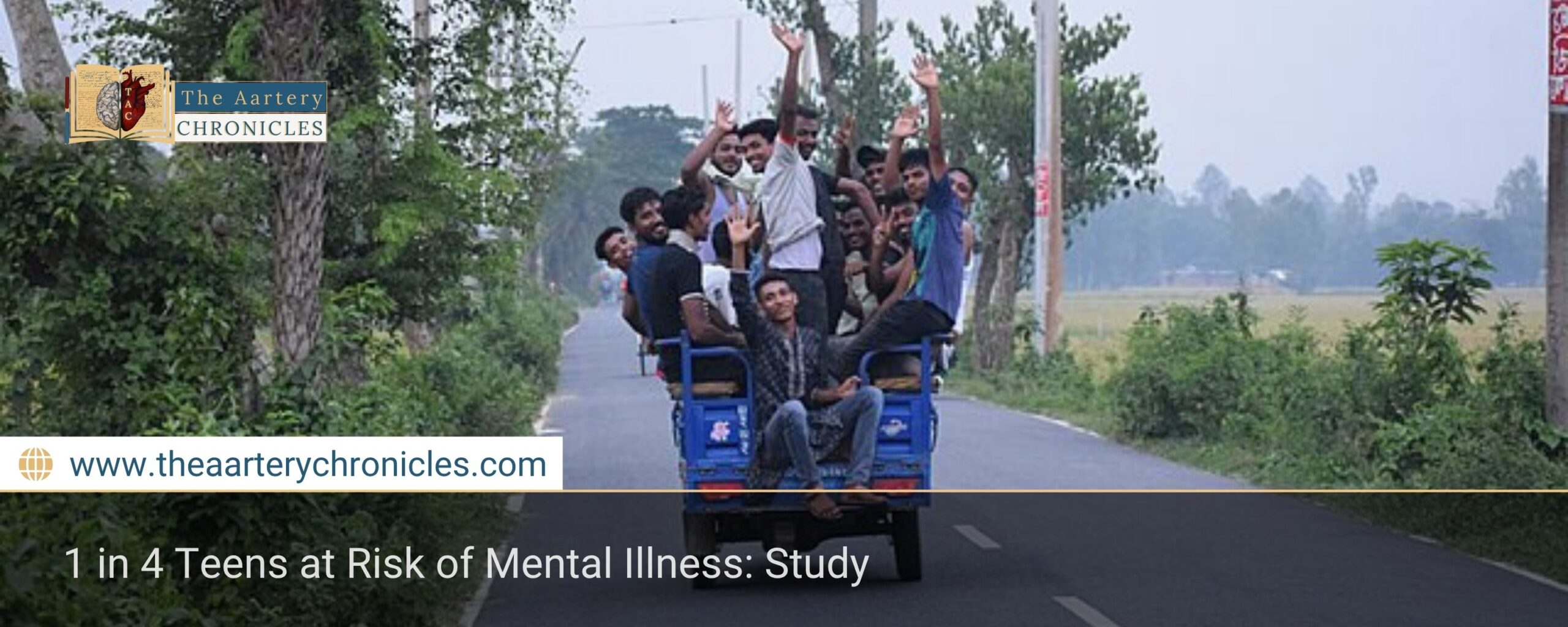

1 in 4 Teens at Risk of Mental Illness: Study
A new study conducted in Puducherry has revealed that one out of every four school-going adolescents may be at risk of developing mental health issues. The findings point to an urgent need for early mental health screening and support systems in both schools and homes.
Understanding the Teenage Phase
Adolescence, which spans the ages of 13 to 17, is a sensitive period marked by rapid emotional, psychological, and physical development. As teenagers transition from childhood to adulthood, they often face academic pressure, social challenges, and hormonal changes—all of which can affect their mental well-being.
What the Study Found
The study, carried out by researchers from the Indira Gandhi Medical College and Research Institute, involved 329 students from government schools across both urban and rural areas of Puducherry. The key findings include:
- 25.5% of adolescents showed signs of being at risk for mental health disorders.
- Urban students were more likely to experience hyperactivity and emotional difficulties than their rural peers.
- Teachers noticed changes such as behavioural problems and a drop in academic performance among at-risk students.
Urban vs. Rural: What Makes the Difference?
The research identified certain risk factors that varied between urban and rural settings:
- In urban areas, students were more exposed to stress linked to family income, lifestyle, and parental occupation.
- Rural students, while slightly less affected emotionally, still showed signs of mental strain.
These differences suggest that location, economic status, and family environment all play a role in adolescent mental health.
Why Early Detection Matters
According to the research team, early identification can make a significant difference. When mental health challenges are recognised early, they are easier to manage, and the chances of long-term impact decrease. Regular screening in schools can help spot early signs and ensure timely support.
Recommendations for Schools and Families
The study offers several practical solutions to address the growing concern:
- Introduce mental health check-ups in schools as a routine part of student wellness.
- Train teachers and parents to identify early warning signs like sudden mood swings, withdrawal, or academic decline.
- Promote life skills education to help adolescents handle stress, build resilience, and improve emotional control.
- Create a supportive environment where talking about mental health is encouraged, not stigmatised.
Conclusion
As mental health challenges among teenagers rise, this study serves as a timely reminder that preventive care and awareness are crucial. Investing in mental health education, early screening, and family support systems will not only improve the quality of life for adolescents but also help build a healthier future generation.
Source: Inputs from various media Sources

Priya Bairagi
Reviewed by Dr Aarti Nehra (MBBS, MMST)
I’m a pharmacist with a strong background in health sciences. I hold a BSc from Delhi University and a pharmacy degree from PDM University. I write articles and daily health news while interviewing doctors to bring you the latest insights. In my free time, you’ll find me at the gym or lost in a sci-fi novel.








